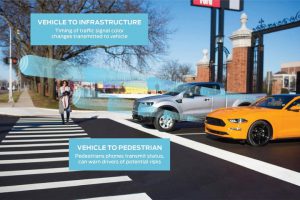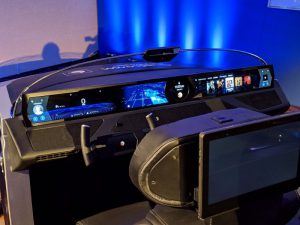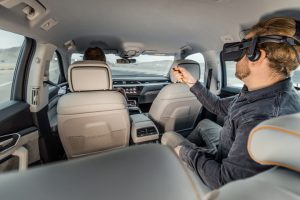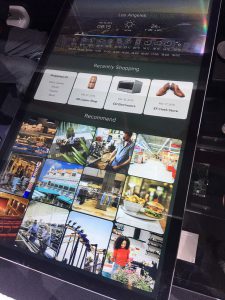Self-driving, electric, and connected is the trend that dominated CES 2019. Unlike, CES 2018 where the automotive industry didn’t make much noise, the industry was much louder the 2019 edition. As the autonomous driving vehicles are starting to be the focus of the industry, the point of focus of OEMs and technology developers are safety, big data, and connectivity. The consumer of 2019, and probably until 2023, will be more concerned about their safety and also the safety of the vehicle. The consumer is not in expecting some fancy; futuristic looking vehicle. What they are looking for features that will allow them to drive conveniently from A to B. Consumer convenience is a keyword here that all OEMs should keep in mind. Drivers are demanding data that would make their driving experience much enjoyable and comfortable. They would like to receive information about the traffic conditions in every corner of the city, the road conditions, weather condition, call a cab if they need to, etc… Drivers also are asking for features that will allow them to monitor and be constantly updated about the state of the car itself including the tires state, temperature of the engine, oil condition, etc…

All these obvious customer demands are what actually shape the technological trends and innovations of the automotive industry in general and autonomous driving specifically. This year at CES many important technology announcements have been done by the industry giants such as AUDI, BOSCH, MERCEDES, etc… In a nutshell, a lot of the technologies showcased at the trade show were around the future experience of a user (or passenger) inside a vehicle, autonomous driving, safety, and new means of transport and electric mobility.

Self-driving vehicles steps back, Safety moves forward.
As in January 9 at CES panel “The New Mobility Revolution” AUDI executive Alex Haag pronounced that “until recently it was a competition of ‘we are launching [autonomous vehicles] in 2020 or 2021’; and you had these articles trying to see who was winning the race. Now I think people are taking a step back and saying ‘hey, we are going to launch when it’s ready.”.
On the other hand QUALCOMM driver is to turn V2X communication system into a reality. The system will be feasible through 5G which is already available QUALCOMM claimed. Ford, Audi, and Ducati teamed up to demonstrate the immense capabilities of V2X communication. The three OEMs plan on adding the V2X communication feature to their vehicles in the near future and particularly FORD which promised to offer the feature on every new car and truck it sells in the United States by 2022. QUALCOMM also showed how the future of cockpit will look like by illustrating what they call “Automotive Cockpit Platform, gen 3”.

The passenger experience is the hype
AUDI in partnership with Disney showcased a digital solution which able to synchronize the forward, backward, and lateral movements of a car with a VR-based video game to turn changes the riding experience of rear passengers.

DENSO presented the prototype of a concept that will soon be seen in vehicles “In-vehicle shopping”. Users will be able to shop for movie tickets, shoes from a screen in their car (and even have the shoes delivered to the car); set car-washing and refueling services to occur when they’re away from the car.

CES 2019 again illustrated that many of the industry’s brightest minds are working on making self-driving cars a reality in the near future. However, several issues continue to stand in the way of autonomous driving, including consumer adoption of the technology and the lack of a comprehensive legal framework, but car and tech companies are confidently working to make things work for the great future of autonomous driving.